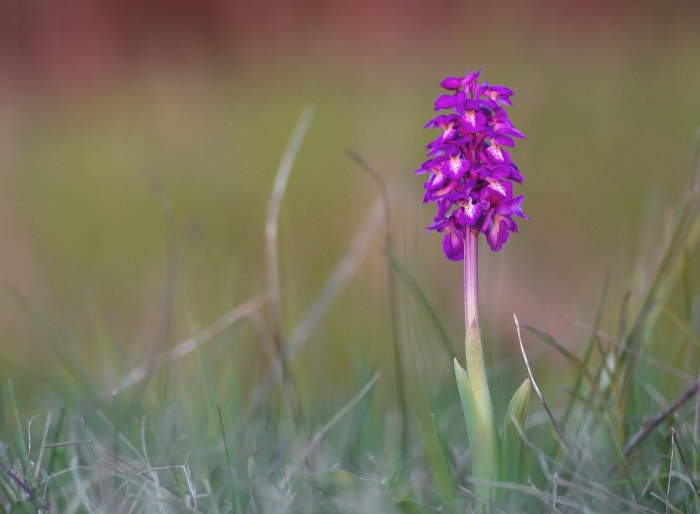Kuusnõmme Peninsula that has a north-western direction is widely covered with pine forest. Part of it is an old natural forest, but planted pine forests can also be found. There are shallow lakes on the peninsula that are called silmad (eyes) by the local people. There are rarities, such as the alpine butterwort (Pinguicula alpina), Saaremaa yellow rattle (Rhinanthus osiliensis) and pale St. John’s-wort (Hypericum montanum) growing on the peninsula.
Harilaid is a peninsula with an elongated shape and an undulated shoreline in the northern part of the national park. A few centuries ago, Harilaid was still an island, but now it is connected with the Tagamõisa Peninsula. Most of Harilaid is covered with pine forest and a lake, named the Laialepa Bay that formed from an old gulf. As a result of the erosive-piling effect of the sea, the shoreline of Harilaid changes constantly, especially on the tip of the Kiipsaare cliff. Kiipsaare lighthouse was built in 1933 in the centre of the peninsula.
Alvar grasslands and overgrown wooded meadows are predominantly represented on the Elda Peninsula that is situated in the southern part of the national park. Alvar grasslands are habitats for different orchid species, such as the early-purple orchid (Orchis mascula) and fly orchid (Ophrys insectifera).

Early-purple orchid (Orchis mascula). Photo: Maris Sepp
COMMUNITIES
- Vilsandi National Park got its start in 1910 when Vaika Bird Sanctuary was established.
- Try not to leave any traces in the nature.
- Ask the permission of the owner when being on a marked/fenced private land.
Viidumäe Nature Reserve offers many opportunities for hiking and enjoying nature. We recommend getting first acquainted with the area at Viidumäe Nature Centre where information brochures are available and a permanent exhibition introducing the conservation values and the history of the nature reserve is open daily all year round.
Three study trails start from the Nature Centre: Audaku, Allikasoo and Viidumäe. About 700 meters from the centre, Raunamäe observation tower offers gorgeous views of Western Saaremaa.
Based on the protection rules of Viidumäe Nature Reserve, the main objective of the reserve is to protect the diverse biotic community and the protected species, ecological communities, and habitats in the uplands region of Western Saaremaa.
According to the protection procedure, Viidumäe Nature Reserve is divided into: